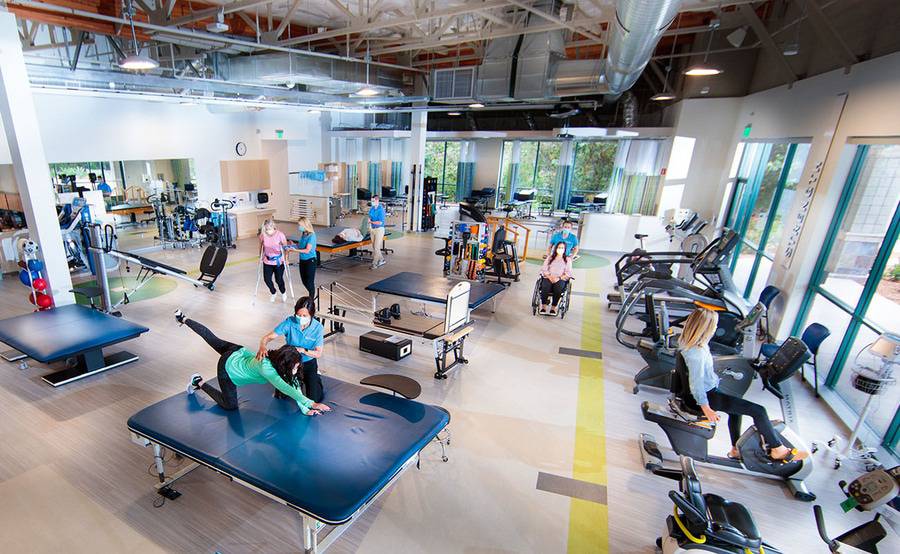Refining the art of workplace optimization is paramount for creating professional environments that advance comfort and work output. Applied ergonomics is the science of engineering task areas, equipment, and responsibilities to match the needs of workers. By focusing on how individuals engage with their physical environment, businesses can minimize risk of injury and avoid repetitive stress disorders. An ergonomic workspace enables natural movement and reduces strain, which can contribute to improved performance and satisfaction among team members.
One important element of human factors design is the organization of furniture and tools. Desks should be at a height that allows workers to sit with their elbows at a 90-degree angle while typing. Ergonomic seats should offer sufficient reinforcement for the lower back, supporting neutral positioning. Additionally, display devices should be aligned at eye level to prevent upper-body stress. By confirming that these ergonomic components are properly calibrated, workers can maintain a comfortable position throughout their assignments, minimizing fatigue and boosting cognitive performance.

A further notable dimension in an ergonomic workspace is the use of appropriate devices and equipment. This includes typing hardware, navigation tools, and other components crafted to reduce RSIs. For instance, using an split-key keyboard can help relieve wrist pain caused by prolonged typing. Furthermore, adjustable chairs and sit-stand desks allow employees to change their position throughout the day, which can relieve postural fatigue and increase alertness. Allocating resources toward quality ergonomic tools can generate sustainable work habits and improved productivity rates.
Illumination is also a vital aspect in ergonomic design. Balanced lighting can minimize visual fatigue and make it easier to focus on their tasks. Natural light is ideal, but if that is not available, using adjustable artificial lighting can help see create a functional atmosphere. It is important to avoid overhead fluorescent lights that may induce migraines or fatigue. By ensuring adequate lighting, workspace planners can establish an environment that enhances both comfort and work quality.
To conclude, encouraging regular breaks is key for sustaining an ergonomic workspace. Reminding workers to take short breaks can assist relieve bodily stress and mental fatigue. During these breaks, personnel should be advised to stretch or get up to support blood this post flow. Integrating routine break times can help create a structure that prioritizes human performance without compromising productivity. In summary, applying ergonomics in the workplace not only improves well-being but also fosters a more engaged work culture where team members can thrive.
Comments on “Mastering the Science of Human Factors to Improve Well-being and Efficiency in Office Settings”